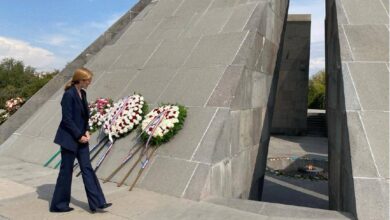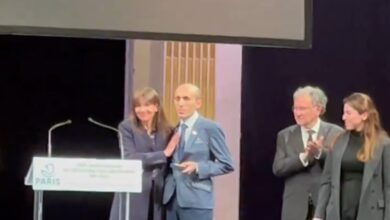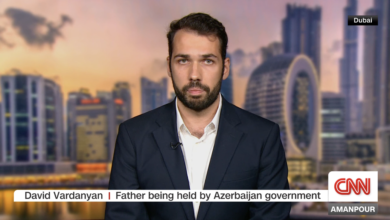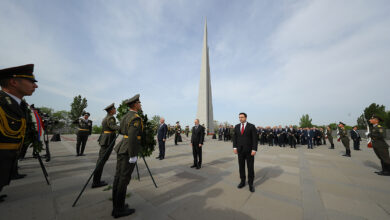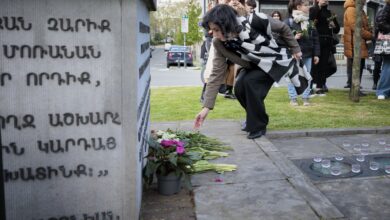Cleveland Humanities Festival explores Armenian connection to Holocaust
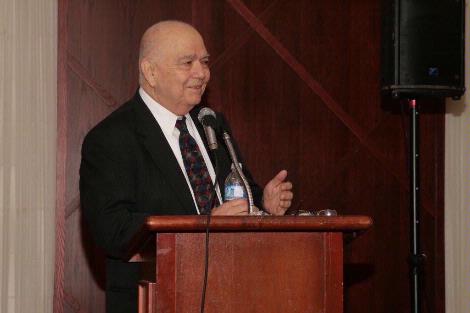
The Armenian genocide of 1915 was a template for the Final Solution, according to Richard G. Hovannisian, emeritus Armenian Educational Foundation Professor of Modern Armenian History at the University of California, Los Angeles.
The widely published Guggenheim Fellow is coming to Cleveland April 4 to deliver a 6 p.m. talk at Case Western Reserve University. Hovannisian’s address, “Under Cover of War: The Armenian Genocide and Its Continuing Ramifications,” is part of the first Cleveland Humanities Festival, a multi-institutional effort coordinated by CWRU’s Baker-Nord Center for the Humanities, the Cleveland Jewish Press reports.
In a March 28 telephone interview from Los Angeles, Hovannisian said the Armenian genocide, resulting in the death of 1 1/2 million Armenian Christians in 1915, resembled the far larger Holocaust in several ways. Both atrocities had in common ultranationalism, xenophobia, a rationale, and an ideology that gave them “purpose and authorization.”
Like Jews in the early days of Nazism, Armenian Christians were scapegoated for their politics and financial acumen, Hovannisian said. The perpetrators of the Armenian genocide blamed their victims for all their woes, seizing on World War I as an opportunity to rid the country of that minority.
The Turks killed Armenian men in the towns and villages, then marched the women and children until they died of exhaustion, were sent to the uninhabitable deserts of Syria or were taken in as concubines and servants.
While the German government admitted to the Holocaust shortly after the end of World War II and has paid survivors and those otherwise affected millions of dollars in reparations, the Turkish government continues to deny the Armenian genocide.
At the same time, it has moved from outright denial to “one which is more acceptable to rational people,” Hovannisian said. The Turkish government now says “there were indeed unfortunate losses of life in the confusion and disorder of trying to relocate the Armenians for safety reasons,” he said.
“Things got out of hand, and some thousands of Armenians perished but it was not by intent” is the government’s line. “And if it was not by intent, one cannot call it genocide, because genocide requires intent.”


